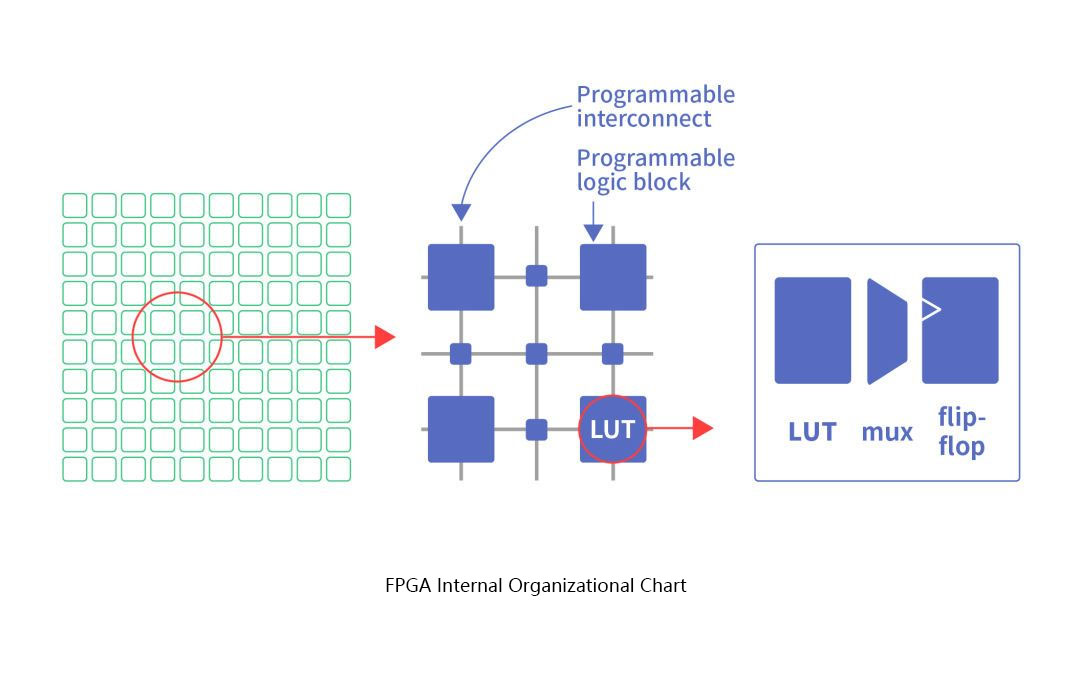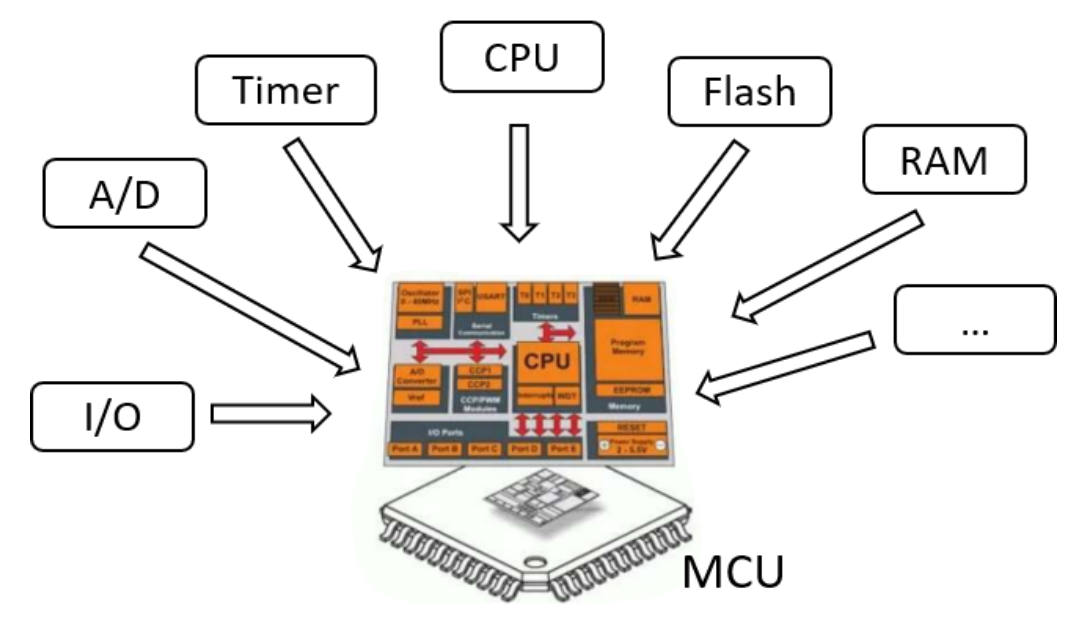
Support Team
Feedback:
support@nextpcb.comWhen it comes to embedded systems and electronics, two commonly discussed components are FPGAs (Field-Programmable Gate Arrays) and microcontrollers (MCUs). Both of these devices play critical roles in different applications, but they operate in fundamentally different ways. In this blog post, we'll explore the key differences between FPGAs and microcontrollers, covering their architecture, use cases, and advantages.
An FPGA, or Field-Programmable Gate Array, is a semiconductor device that can be programmed after manufacturing to perform specific functions. Unlike fixed-function chips, FPGAs offer flexibility and reconfigurability, allowing designers to customize digital circuits to meet specific needs.

An MCU, or Microcontroller Unit, is a compact integrated circuit designed to govern a specific operation in an embedded system. It typically includes a processor, memory, and input/output peripherals on a single chip. Unlike general-purpose processors, MCUs are optimized for controlling electronic devices and executing specific tasks efficiently.

Next, we explain 6 aspects of FPGAs and MUCs to deepen the understanding of them
1. Architecture and Functionality
A microcontroller is a compact, integrated circuit designed to execute predefined instructions, which are typically stored in its memory. It includes a CPU (central processing unit), memory (RAM and ROM), I/O peripherals, and other specialized hardware like timers and communication interfaces.
How It Works: Microcontrollers follow a sequential execution of instructions based on a program stored in their memory. They are designed for specific tasks and are widely used in control applications, from household appliances to automotive systems.
An FPGA, on the other hand, is a reprogrammable silicon chip that allows designers to create custom digital circuits by configuring the hardware itself. FPGAs consist of an array of logic blocks and interconnects that can be reconfigured to implement any digital circuit.
How It Works: FPGAs don’t execute instructions sequentially like microcontrollers. Instead, they operate in parallel, allowing multiple operations to occur simultaneously based on the hardware design programmed into them. This makes FPGAs highly flexible and powerful for custom hardware implementations.
Microcontrollers are programmed using high-level programming languages like C or C++. The program is then compiled and loaded into the microcontroller's flash memory. The CPU within the microcontroller executes the instructions line by line.
Development Process: The development process for microcontrollers generally involves writing software (firmware), which is then flashed into the device. Tools like IDEs (Integrated Development Environments) and debuggers are used for this process.
FPGAs are programmed using hardware description languages (HDLs) such as VHDL or Verilog. These languages describe the behavior of the hardware, and the design is then synthesized and implemented on the FPGA.
Development Process: The development of FPGA designs involves several steps, including simulation, synthesis, place-and-route, and configuration. This process requires a deep understanding of digital logic design and specialized tools like Xilinx Vivado or Intel Quartus.
Microcontrollers are well-suited for tasks that require moderate performance and low power consumption. They are optimized for control-oriented tasks and can handle real-time applications with predictable performance.
Clock Speed: The performance of a microcontroller is typically determined by its clock speed, which usually ranges from a few MHz to several hundred MHz.
FPGAs excel in high-performance applications, especially where parallel processing is required. Due to their ability to perform multiple operations simultaneously, FPGAs are often used in data-intensive and high-speed applications like signal processing, video processing, and high-frequency trading.
Parallelism: The parallel nature of FPGA operations allows for extremely fast processing, making them ideal for applications that require low latency and high throughput.
Microcontrollers are designed for specific tasks and offer limited flexibility. Once programmed, their functionality is fixed unless the firmware is updated. While they are available in various configurations (e.g., different numbers of I/O pins, memory sizes), they are generally not as adaptable as FPGAs.
Limitations: If your application requires significant changes in hardware functionality, you may need to switch to a different microcontroller or redesign the circuit.
FPGAs are extremely flexible and can be reconfigured multiple times to change their functionality. This makes them suitable for prototyping, testing different designs, and even deploying custom hardware in the field.
Scalability: FPGAs can be scaled to implement anything from simple logic circuits to complex systems-on-chip (SoCs), making them a versatile choice for a wide range of applications.
Microcontrollers are generally more cost-effective and consume less power than FPGAs. This makes them ideal for low-cost, low-power applications like wearable devices, IoT sensors, and simple control systems.
Power Efficiency: Due to their optimized architecture, microcontrollers are highly efficient in battery-powered applications.
FPGAs tend to be more expensive and power-hungry compared to microcontrollers, especially in large-scale or high-performance applications. The cost is justified by the flexibility and performance advantages they offer.
Consideration: FPGAs are often used in applications where performance and flexibility are more critical than cost and power efficiency.
Common Applications:
Home appliances (e.g., washing machines, microwaves)
Automotive control systems (e.g., engine control units)
IoT devices (e.g., smart thermostats, wearable devices)
Industrial automation (e.g., motor controllers)
Common Applications:
High-speed data processing (e.g., video encoding/decoding)
Communication systems (e.g., network switches, routers)
Signal processing (e.g., radar systems, audio processing)
Prototyping custom hardware (e.g., ASIC design verification)
When choosing between an FPGA and a microcontroller, the decision often comes down to the specific needs of your project. If your application requires high performance, parallel processing, and flexibility, an FPGA may be the best choice. On the other hand, if you need a cost-effective, power-efficient solution for a specific task, a microcontroller may be more suitable.
Understanding the differences between these two technologies will help you make informed decisions when designing embedded systems and choosing the right components for your application.
Still, need help? Contact Us: support@nextpcb.com
Need a PCB or PCBA quote? Quote now